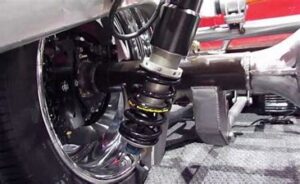Imagine that as you are reversing out of a parking space, your car’s Cross Traffic System suddenly fails to alert you to an oncoming vehicle. Having this experience can be nerve-wracking, but don’t worry—you’re not alone. In the simplest terms possible, this article will walk you through Cross Traffic System Faults in your car.
The Cross Traffic System in your car acts as a friendly companion who constantly keeps an eye on you. When you are reversing, it uses specialized sensors to identify vehicles or people approaching from the sides. However, it occasionally has difficulties, much like your phone or PC. We’ll discuss cross traffic system fault, such as soiled sensors or software bugs, and how to resolve them. So, fasten your seatbelt as we explain these auto issues and keep you safe on the road.
Table of Contents
Understanding The Cross-Traffic System In A Car
To keep you safe while driving, a cross-traffic system in a car is like having an extra pair of eyes. You can use it to your advantage when backing out of a parking space or navigating a crowded crossroads. Your car is equipped with specialized sensors or cameras that scan the area to check for approaching vehicles or pedestrians from the sides.

When something is detected, the system alerts you to the possibility that moving might not be safe via beeping or flashing lights. The cross-traffic system is thus like a supportive friend who watches out for danger when you can’t. It all comes down to making sure you drive safely and avoiding collisions whether you’re in congested areas or areas with heavy traffic.
How Does Cross-Traffic System Function?
Before learning the cross traffic system fault in a car. Let’s learn first, how they work in your car. The advanced driver assistance systems (ADAS) in your car include the Cross Traffic System. When backing out of a parking space or navigating through a busy crossroads, its main purpose is to increase safety by warning the driver of approaching cars or pedestrians.

1. Sensors:
The system is based on strategically positioned sensors, usually radar or cameras, all around the vehicle. These sensors keep an eye out for any moving objects in the immediate vicinity of the car.
2. Finding Danger:
The technology warns the driver visually and audibly when it senses a vehicle or person coming from the sides. This may feature a warning sound and flashing lights on the side mirrors.
3. Warns You:
The computer in your automobile notifies you when it receives this message. It can produce beeping noises, flashlights in your side mirrors, or even lightly press the brake pedal to slow you down.
4. Braking Assistance:
In some cutting-edge systems, if the driver is unable to respond in time, the car can even apply the brakes on its own to avert a potential crash.
Therefore, the Cross Traffic System functions as a smart assistant that keeps an eye out for trouble and alerts you to it so that you can avoid accidents. It’s a useful tool that gives your driving experience an additional measure of safety.
Explain The Cross Traffic System Fault In Detail
Cool automotive features like the Cross Traffic System can assist us in avoiding collisions whether we’re backing up or passing through congested junctions. But occasionally, it may experience issues. Let’s discuss a few such problems in plain language.
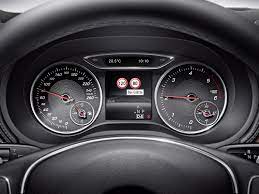
1. Dirty Sensors:
When reversing, cars utilize specialized sensors to keep an eye out for other vehicles or pedestrians. These sensors are susceptible to mud, snow, or leaf contamination. When that occurs, they might not function properly, giving you erroneous alerts or missing stuff.
2. Sensor Malfunctions:
These sensors, like any other auto component, can wear out or break over time. They could stop functioning as a result of damage or electrical problems. Your Cross Traffic System won’t function if the sensors aren’t doing their job.
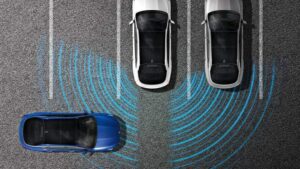
3. Issues With Software:
The computer program that communicates with the sensors can occasionally have errors or flaws. These problems might make the system behave strangely, giving you alerts when nothing is there or remaining silent when there is danger.
4. Electrical Problems:
To communicate with the computer in the car, the sensors need to use wires. The system may malfunction if these wires become tangled. It’s similar to having a phone with a poor connection in that you can’t properly hear the other person.
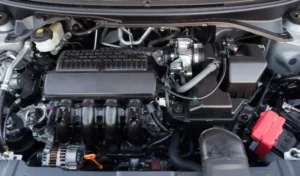
5. Alignment Of Sensors:
Consider trying to see through a pair of misaligned glasses; things can appear hazy or off. Your car’s sensors may not perceive objects clearly or they may become confused if they are not lined up properly.
Therefore, it’s crucial to get your Cross Traffic System fixed if you detect any issues. Here’s why: By alerting you to probable mishaps, this system keeps you safe. You can miss these warnings if it’s not functioning properly, which is hazardous.
Solutions To Fix Cross Traffic System Faults: A Step-by-Step Guide
Now that you’re aware of the cross traffic system fault in cars. Therefore, let’s see some straightforward solutions to fix the issue in detail. We understand it might be annoying when the Cross Traffic System in your automobile begins to malfunction. But relax; many problems are simple to resolve. Here is a step-by-step manual to assist you in restoring order to your system:
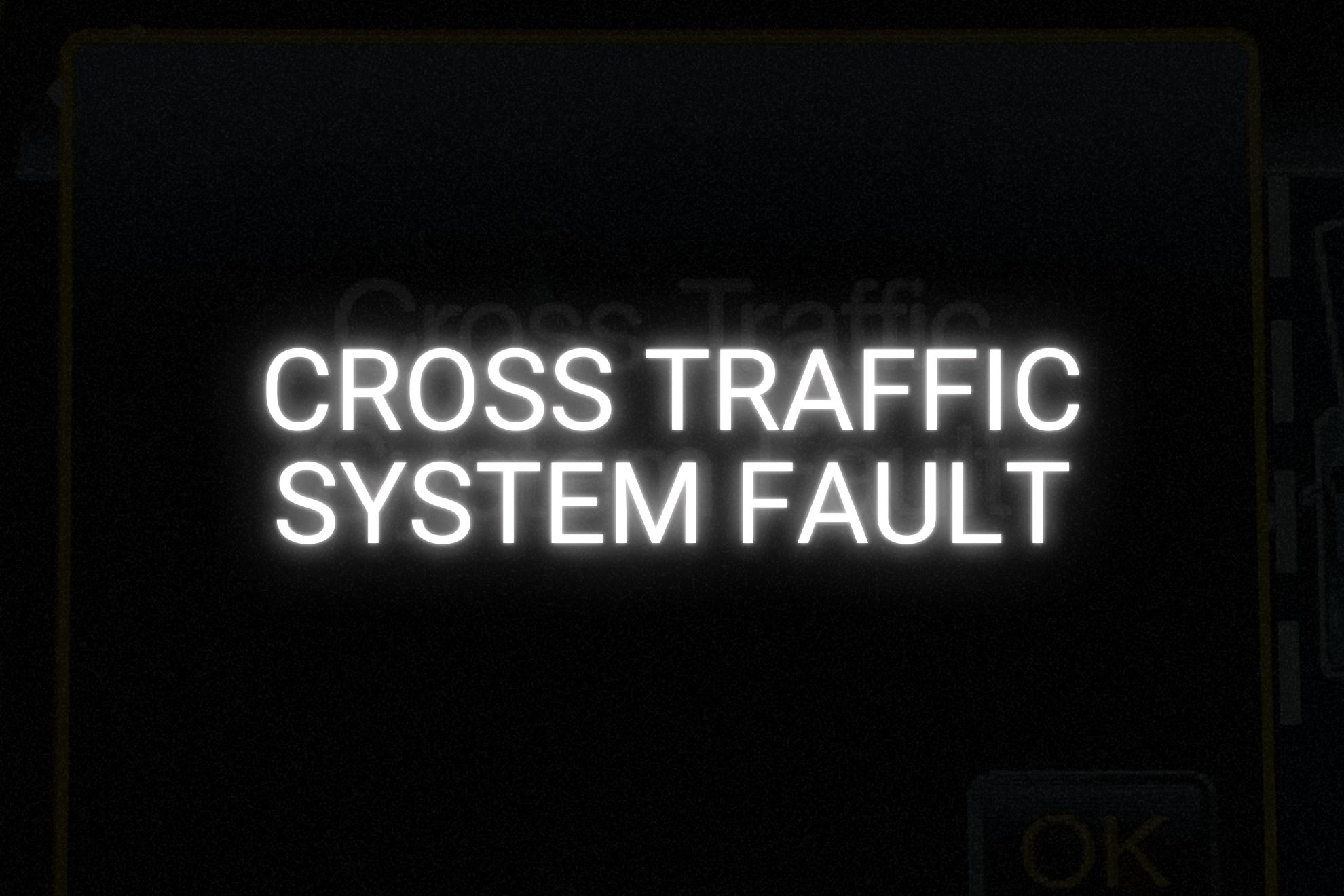
1. Examine Any Obstructions:
Inspecting the sensors should come first. See if there is any debris, snow, or other obstructions. Carefully clean the sensors and the space around them. This straightforward cleaning sometimes resolves the issue.
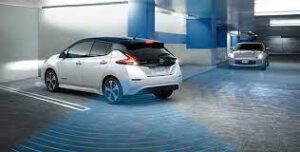
2. System Restart:
Your car’s Cross Traffic System can benefit from a restart, much like your computer or phone. To learn how to accomplish this, consult the owner’s manual for your car. Typically, it entails stopping the engine, waiting a brief period of time, and then restarting it. Any small issues might be resolved by doing this.
3. System Testing:
Test the system after cleaning and rebooting. To test whether your automobile is properly alerting you, try parking close to anything or have someone stroll behind it. Great if it works! If do not, just move on to the next action.

4. Get Professional Assistance:
Visit your local car dealership or a repair if the issue continues. To identify and resolve more complicated problems, they have the knowledge and resources. Make sure you describe the situation clearly so they can readily identify the issue.
5. Take Caution:
Be especially cautious when reversing or navigating congested crossings as you wait for repairs. To ensure safety, rely on your mirrors and your own judgment. Your Cross Traffic System is a help, but it’s still important that you pay attention and drive carefully.
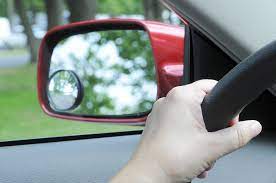
6. Regular Upkeep:
Follow the recommended maintenance schedule for your car to avoid future problems. System upgrades and checks are frequently part of this. Performing routine maintenance might help you avoid a lot of issues.
Keep in mind that fixing Cross Traffic System issues right away is crucial for both your safety and the safety of other drivers. The majority of problems can be fixed with straightforward measures, but if you’re unsure, don’t be afraid to seek professional advice. Safe travels!
Preventive Measures To Avoid Cross-Traffic System Faults In A Car
Driving safely depends on the Cross Traffic System of your automobile functioning properly. Here are some simple preventive measures that should be taken to avoid this issue in your car:
1. Regular Cleaning:
Initialially clean the sensors regularly. These need a good view because they are the “eyes” of your system. To remove any snow, dust, or filth, wipe them down with a soft cloth. The sensors will function properly after this procedure.

2. Prevent Bumps:
When parking, exercise caution. Don’t crash into curbs, poles, or other vehicles. The wiring of the sensors or both may be harmed by these effects.
3. Take Care Of Obstacles:
Watch carefully for anything that might be obstructing the sensors. Even bumper stickers and snow might cause problems. To ensure optimal sensor operation, remove them.

4. Regular Maintenance:
The maintenance schedule for your car should be followed. During routine check-ups, technicians can examine your Cross Traffic System and address any problems.
5. Protecting Against Extreme Weather:
If the weather is bad, think about covering your sensors. When necessary, shield them from snow and debris to prevent interference.
6. Driving Safely:
And lastly, drive safely to prevent collisions. The sensors may become damaged in collisions, losing their effectiveness or breaking down.

Therefore, these easy procedures will help you maintain a cross traffic system fault that will keep you safely and seamlessly navigating traffic.
Conclusion:
In conclusion, if you’re facing cross traffic system fault in your automobile malfunctions, try not to get alarmed. Start by restarting the system and looking for obstacles. Seek expert assistance if the issue continues. Keep sensors clean and perform regular maintenance to avert future problems. Drive carefully at all times because collisions can damage the system. You can stay safe on the road by taking these precautions. Do not hesitate to ask if you require anything, have any questions, or require any assistance. Your car’s well-being is our first priority. Driving safely and happily!


